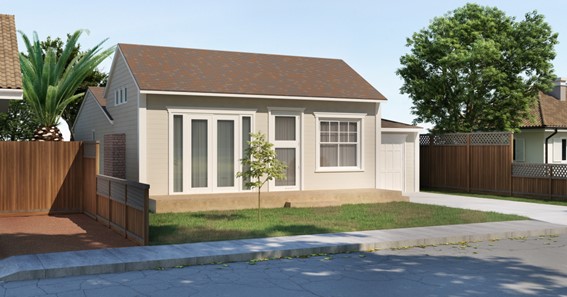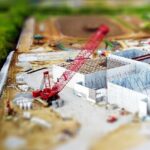If you own a single-family home, you’re probably always looking for ways to add value to your property. Accessory dwelling units (ADUs) are also known as granny flats. They are legal to build in some states if you follow the building code and zoning regulations.
If you live in an area allowing Accessory Dwelling Units (ADU), then you can try My ADU design for a headstart. Read on to learn how to get a permit to build an ADU.
Definition: ADU Permit?
It is a permit to build an accessory dwelling unit, a small, attached house within a single-family home. The purpose of the permit is to allow homeowners with an existing structure on their property to add a second unit.
Your local building department can issue this permit, but it’s essential to understand that you must comply with the state and local building code requirements to get one. It has three stages, from permitting to construction and then post construction.
What Happens During Pre-Construction Stage
The pre-construction stage is when you get your planning permit, allowing you to build an ADU. You’ll also need to apply for a building permit to ensure that the structure meets health and safety codes.
A plan is required for your ADU. You can either design it yourself or seek professional assistance. If you’re set on handling the design independently, you’ll need to determine what specifications are required from the local building department and then evaluate. If you are using a contractor, ensure a stipulation stating that the contractor is responsible for designing the ADU.
The next step is to apply to the local government for permission. Any work on an ADU must first be approved by the local zoning board and then by the building department. You may also need authorizations for things like wiring and plumbing.
City officials may evaluate the outside design, paint color, and other aesthetic features as part of your ADU’s permit application process.
Once the building plans have been filed, the local building department will assess the design and let you know if any changes are required. After the county approves your design, with or without changes, you can consider it final.
Click here – When Is The Right Time To Make A Will?
What Happens During Construction Stage?
Once all those things have been taken care of, it’s time to start work! If you’re planning on doing all of the work yourself, some things will help ensure that the project goes smoothly:
Ensure all necessary permits are in order before starting any work on your home; this includes getting a building permit from your city or county government.
If you hire an architect to oversee your construction project, you should specify what services you expect them to perform in your contract. In addition to describing the contractor’s responsibilities, the agreement should detail the services provided.
What Happens After Construction Stage?
It is essential to ensure that your ADU passes construction inspection before moving in. The state requires that all new homes be built with a verified energy performance certificate (EPC), which will not be issued until this step has been completed. It is also essential to ensure that the ADU complies with all local building codes, zoning requirements, and other standards.
You will then fill out the city’s covenant agreement. It proves that you own the estate, know the property’s accessory dwelling unit is on the property, and you will follow all applicable regulations.
How Long Do You Build an ADU?
The time it takes to build an ADU depends on the size of the area you want to build it in, as well as the complexity of the design. The average time for an ADU is between six months and fourteen months. It varies depending on weather conditions and traffic patterns around the construction site.
What Is the Cost of Building an ADU?
The cost of building an ADU largely depends on the home’s size and features. However, the average cost to build a small ADU (one bedroom) is $80,000 to $350,000+.
You will need to consider permits and inspections. If you are building a house in another city, you may also need building permits from your local government. Your local municipality can regulate what materials can be used in construction and how they can be installed. You must also pay for site security and waste disposal.
If you want to build an ADU, start by contacting your local city or county planning department and inquire about how to get a permit. Much like financing, cost of materials, and other factors, the specifics will vary from location to location. If you are serious about building an ADU, do your homework to understand the necessary steps and their associated costs.
Click here – How to Choose an Awesome Property Manager in 2022?






